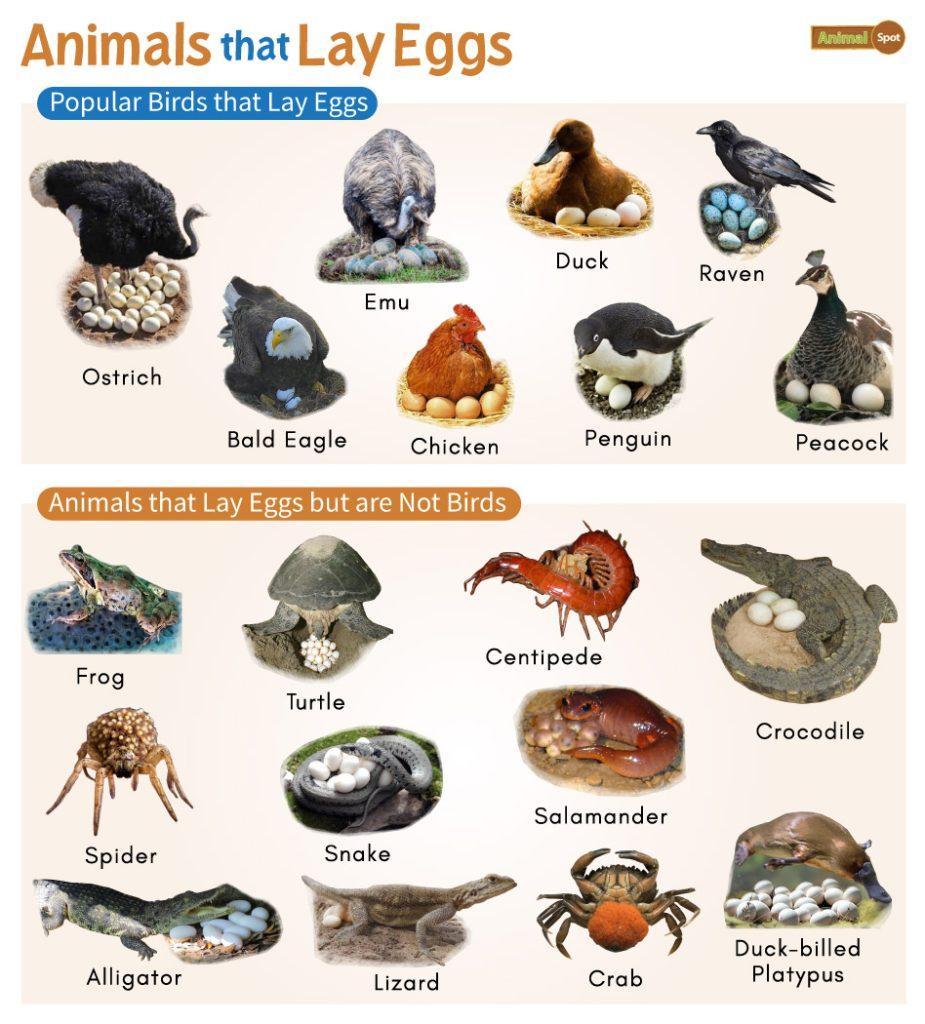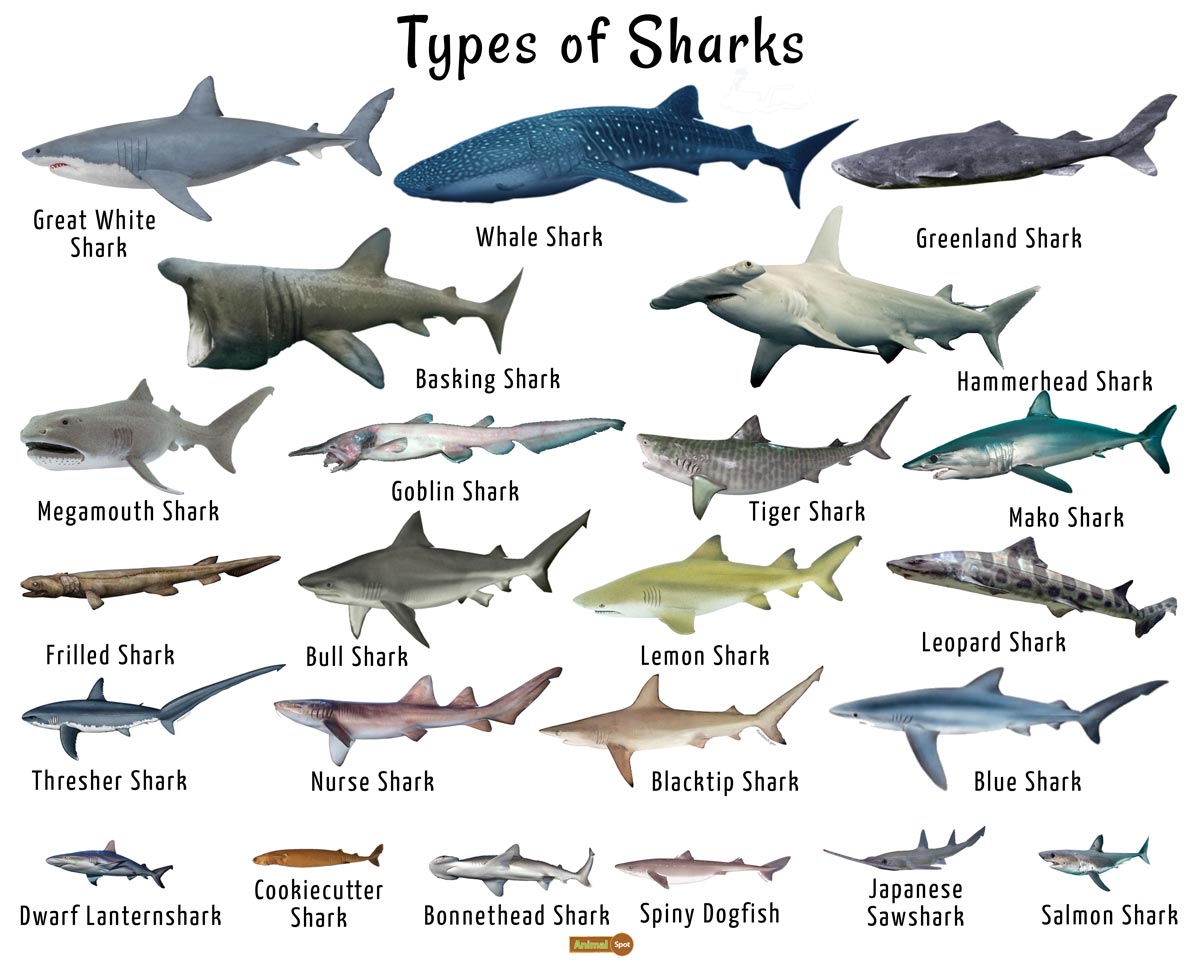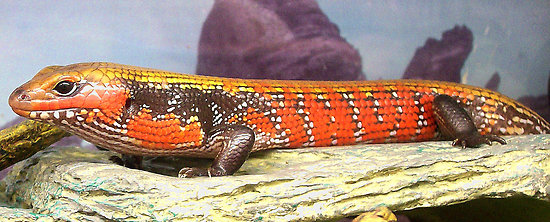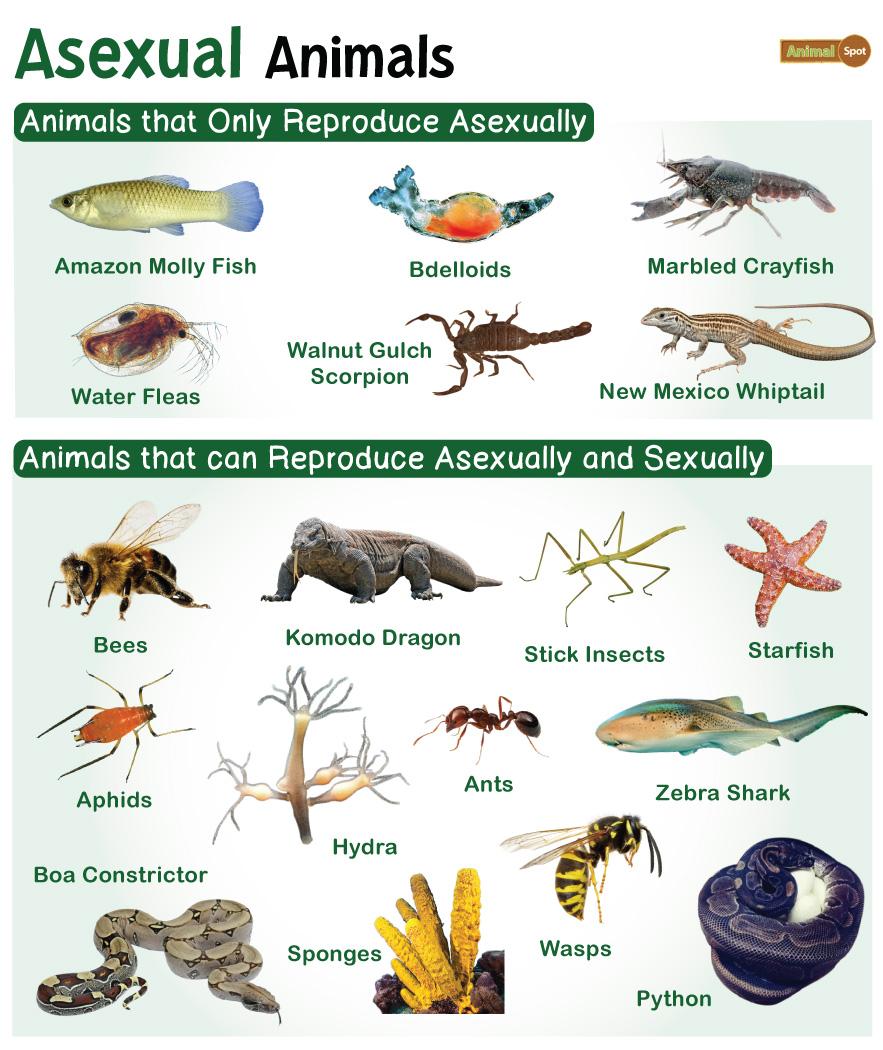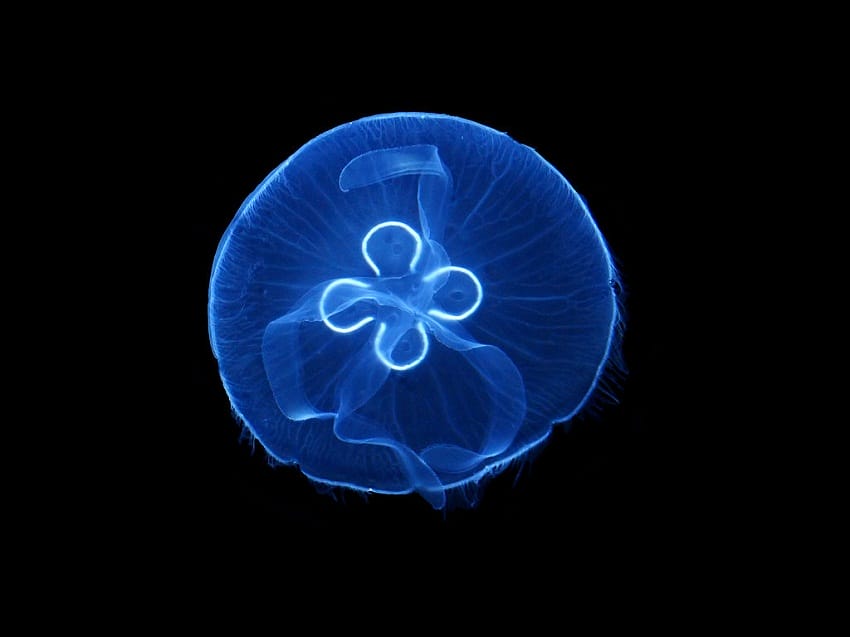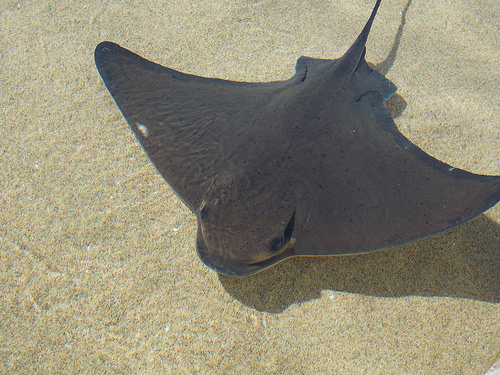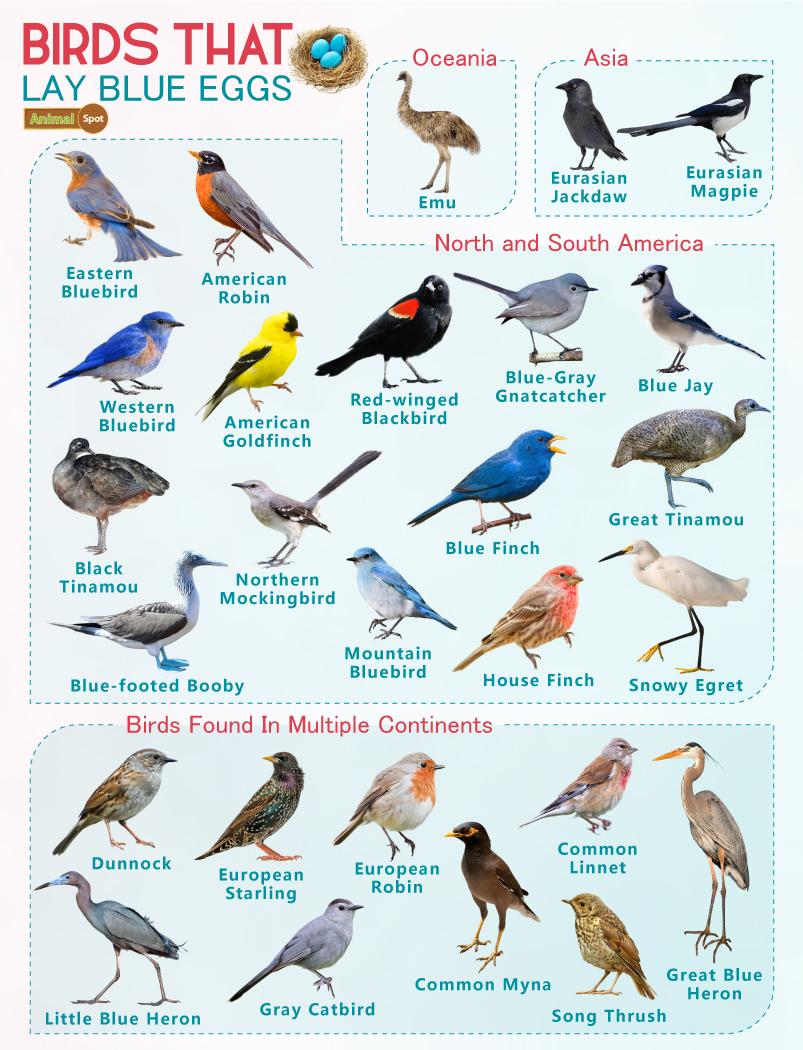| Name of the Animals | Class | Description |
| Duck-billed Platypus | Mammal | It is one of the few mammals that lay eggs instead of giving birth to live young. On average, the females lay around two eggs that are small, leathery, and a little rounder than the birds’ eggs. |
| Echidnas | Mammal | All four species of echidnas – eastern echidna, western echidna, short-beaked echidna, and Sir David’s long-beaked echidna are the only mammals apart from the duck-billed platypus to lay eggs. The eggs are leathery and soft-shelled, weighing around 0.07 oz and having a height of 0.55 inches. |
| Alligators | Reptile | Female alligators lay 20-50 eggs in nests of sticks, fronds, and mud. Their eggs are oval-shaped and rounded, tapering to the end. |
| Crocodiles | Reptile | The eggs of crocodiles are smooth and hard. Females lay a clutch of 30-60 days that take around 80-90 days to incubate. |
| Turtles | Reptile | Turtles mostly lay the first clutch in 3-6 weeks from mating. The eggs of all turtles appear white or cream, with the shapes varying from one species to the other. They could either be wholly spherical or a little elongated. |
| Frogs | Amphibian | Almost all species of frogs are oviparous, laying eggs in warm and wet habitats. Species of the Nectophrynoides are ovoviviparous, fertilizing the eggs first, followed by the birth of toadlets. Frogs of the Nimbaphrynoides genus are viviparous, giving birth to live young. |
| Salamanders | Amphibian | Most salamanders lay eggs, except a few like the fire salamander and alpine salamander that give birth to live young. Those living in water all their life lay more eggs than land salamanders. |
| Seahorses | Fish | The male seahorses have an organ named brood pouch in their stomach. This serves as a career and can hold around 2000 eggs at a time, placed by the female. The eggs take 2-4 weeks to grow, and the male barely makes any movement during their development. |
| Sharks | Fish | The majority of sharks give birth to live young. Of the few that lay eggs, the prominent ones include bamboo sharks, carpet sharks, swell sharks, wobbegong sharks, and several species of catsharks. |
| Snakes | Reptile | Around 70% of the snake species lay eggs, mostly in dark and secluded areas. However, the remaining 30%, including the vipers, sea snakes, and boas, give live birth. Some, like the rattlesnakes, are ovoviviparous. |
| Lizards | Reptile | Most lizards are oviparous and reproduce by laying eggs. However, some, like the common lizard, give birth to live young. The Jackson’s chameleon is another such lizard where the mother gives birth to babies (8-30) instead of laying eggs. |
| Spiders | Invertebrate | All spiders lay eggs within a sac constructed with a silken web and closely resembles a cocoon. |
| Crabs | Invertebrate | Female crabs lay eggs once in their life. The number of eggs laid varies from one species to the other. A red crab can lay about 100,000 at a time. In contrast, hermit crabs lay 800 -50,000 eggs in a go. Hardly three to four of them survive till adulthood. |
| Centipedes | Invertebrate | The eggs of centipedes are spherical and shiny, varying in color from cream to brown. The females lay the eggs either in the soil or inside the hollows of the rotting logs. The eggs are susceptible to fungal attack and need special care so that they may reach adulthood. |

